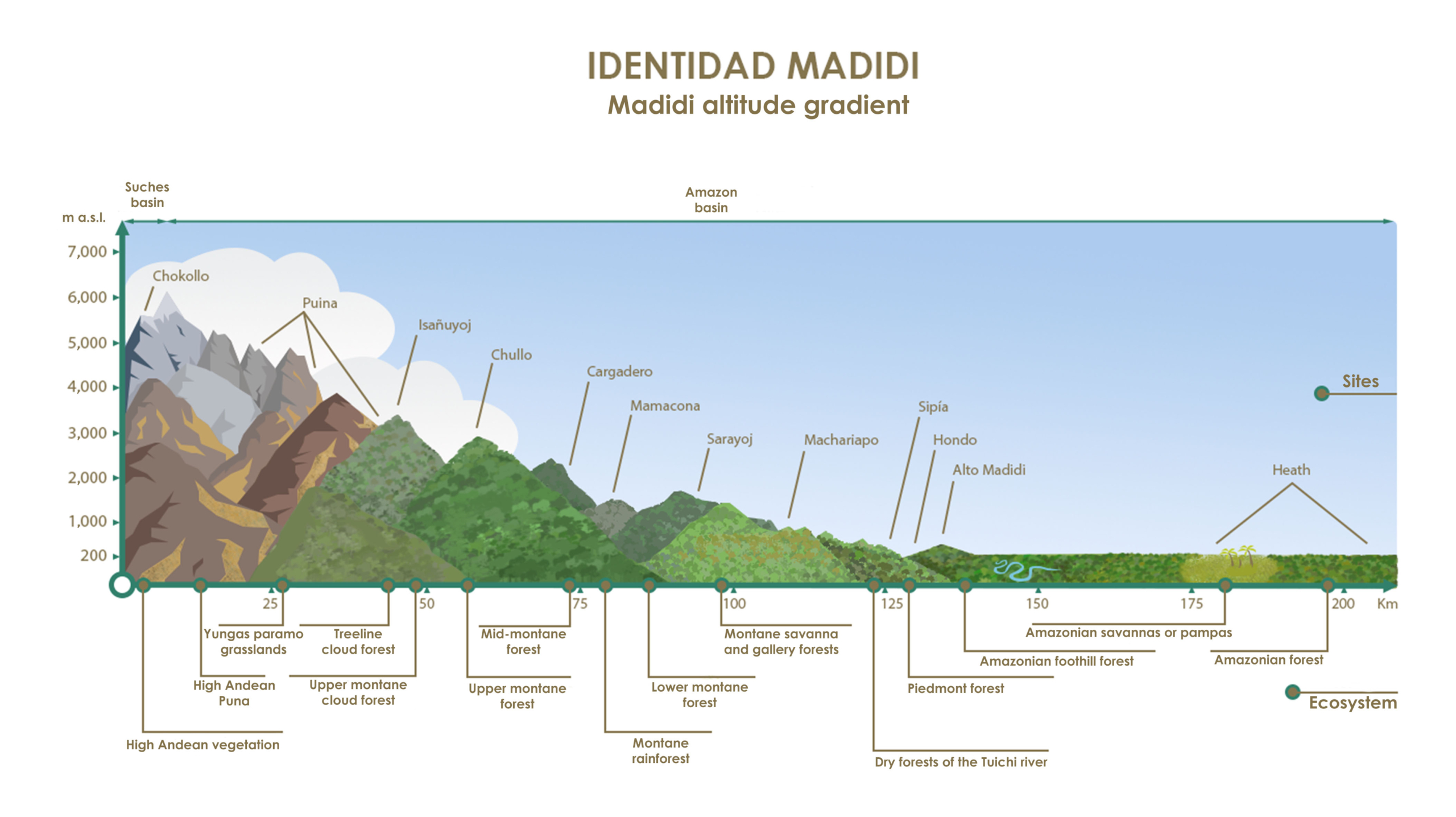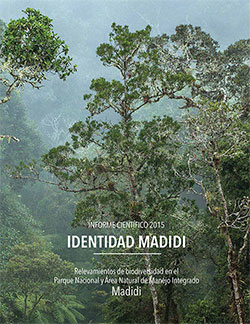Puina III
Yungas paramo grasslands (Puina, 2015).
Yungas paramo grasslands (Puina, 2015). The fourth study site, in the yungueño paramo grasslands between 3,600 and 4,100 m a.s.l., is a humid and cold region dominated by large grass species (in some cases more than 1.5 m high), with the ground covered by mosses, lichens and small ferns. There are also isolated keñua trees that are the only ones that grow at this altitude, forming small stands known as bosquesillos de keñua, which are threatened at a continental scale. In total, 34 plant species, 9 species and subspecies of diurnal butterflies and 75 vertebrate species were recorded, of which 18 are new species for Madidi, 1 for Bolivia and 4 for science.
[envira-gallery id=»1776″]
| Title | Categories | Update Date | Download |
|---|---|---|---|
|
Scientific Report 2015 1 548 downloads |
Reports | March 30th, 2021 | Download |
|
Scientific Report 2017 1 375 downloads |
Reports | September 1st, 2021 | Download |
|
Scientific Report 2016 1 333 downloads |
Reports | September 1st, 2021 | Download |
[envira-gallery id=»805″]
[envira-gallery id=»806″]
[envira-gallery id=»826″]




 Facebook
Facebook Instagram
Instagram YouTube
YouTube